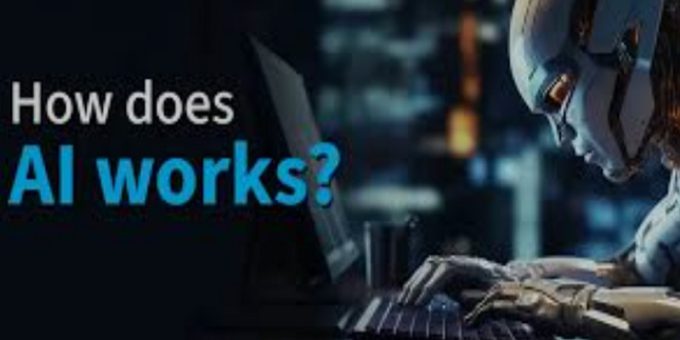
Understanding the Essence of AI
AI, or artificial intelligence, stands as the subfield of computer science dedicated to crafting intelligent machines capable of intricate human-like activities. This article delves into the fundamentals of AI, deciphering its working principles and unraveling the key components that contribute to building sophisticated AI systems.
The Core of Artificial Intelligence
At its core, AI strives to replicate human intelligence in machines, enabling them to perceive, reason, learn, and make decisions. While human intelligence encompasses various cognitive abilities, AI concentrates on emulating specific aspects to tackle complex problems. AI processes vast datasets, identifies patterns, and delivers informed predictions or decisions.
AI Techniques: Machine Learning, Deep Learning, and More
Machine Learning (ML), a significant facet of AI, involves training models on data to learn patterns and make predictions or decisions without explicit programming. ML algorithms encompass supervised learning, using labeled data, and unsupervised learning, discovering patterns in unlabeled data. Deep learning, a subset of ML, employs neural networks to achieve state-of-the-art performance in tasks like image recognition and natural language processing.
Natural Language Processing (NLP) facilitates language translation, sentiment analysis, question answering, and chatbot interactions. Computer vision, another AI field, empowers computers to extract information from visual data like images and videos, performing tasks such as object recognition and image segmentation.
The Inner Workings of AI Systems
AI systems follow a multi-step process involving data collection, preprocessing, training, testing, and deployment. Large datasets from diverse sources undergo preprocessing steps like cleaning and normalization to prepare them for training. During training, AI models adjust internal parameters through mathematical algorithms, identifying patterns and relationships within the data. Testing evaluates the model’s ability to generalize and make accurate predictions on unseen data. Iterative refinement enhances the model’s performance.
Once tested and evaluated, the model is deployed for real-world applications, performing tasks like providing recommendations or analyzing data.
Applications of AI: Transforming Industries
AI finds transformative applications across industries. In healthcare, it aids in medical diagnosis, drug discovery, personalized treatment plans, and patient monitoring. Finance benefits from AI through fraud detection, algorithmic trading, credit scoring, and risk assessment. Transportation sees advancements with self-driving cars, traffic optimization, and logistics management.
AI-powered chatbots enhance customer service, while in manufacturing, AI enables quality control, predictive maintenance, and process optimization.
AI’s Impact Across Industries
AI has revolutionized healthcare by improving medical diagnosis accuracy and efficiency, predicting patient outcomes, and providing round-the-clock patient support through virtual assistants.
In finance, AI detects fraudulent activities in real-time and powers algorithmic trading. Transportation witnesses breakthroughs with self-driving vehicles and AI-driven logistics management.
Customer service benefits from AI-powered chatbots, and in manufacturing, AI enhances quality control and predictive maintenance.
Beyond these sectors, AI’s influence extends to education, agriculture, cybersecurity, and entertainment. Ethical considerations are crucial as AI advances to ensure fairness, transparency, and accountability.
In conclusion, AI’s rapid evolution empowers machines to exhibit intelligent behavior and perform complex tasks, shaping a future filled with new possibilities and advancements.
